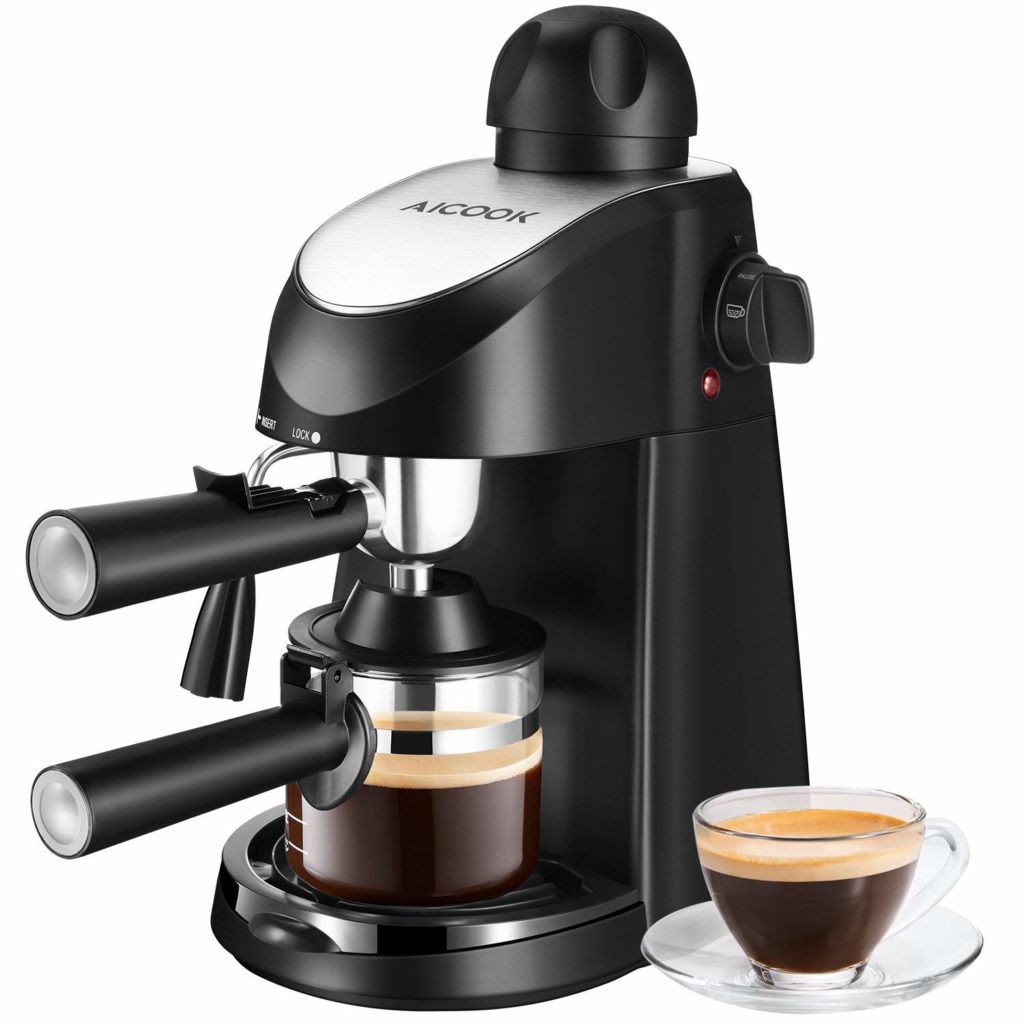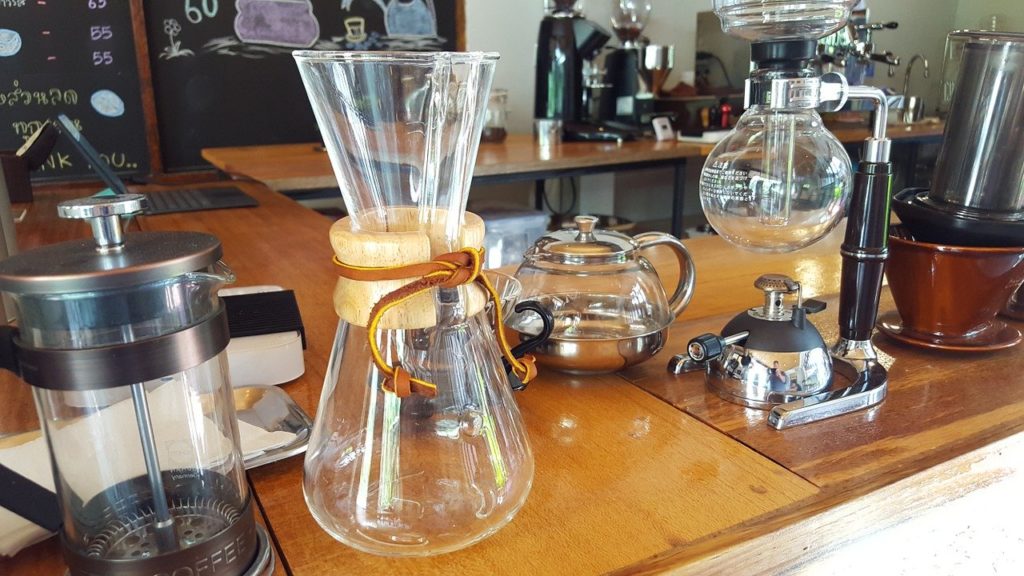
A cup of coffee in the morning is a great antidote to escape the morning humdrum. At the onset of the day, it helps to overcome drowsiness and improves your alertness.
Frequent use of a coffee maker makes it susceptible to lime deposits. Its frequent cleaning keeps scales/lime deposits and allergens out of the machine. White vinegar is often the suggested cleaning agent, but sometimes you might want to take a different route. Now if you don’t want to use vinegar to clean the coffee maker, try a substitute: lemon juice.

Lemon juice is a great source to descale a coffee maker. Besides, you won’t find yourself stuck in ‘beginner’s hell’ while trying to learn this new way. Its cleaning is the same as that of vinegar.
The lemon juice contains natural citric acid which operates like vinegar’s acetic acid. It efficiently gets rid of bacteria, hard water stains, and molds that develop with time.
The only consideration is that you would have to squeeze a good amount of lemons for a thorough cleaning. Other than that, it is the best substitute to clean a coffee machine.
Extend reading:
Read this guide if you are interested in more coffee maker cleaning tips.
Coffee maker cleaning with lemon juice – step-by-step guide
How to use lemon juice for cleaning a coffee maker?
So to clean it with lemon juice, you will need two ingredients:
- 1 part of lemon juice
- 1 part of warm water
Step 1
Squeeze a handful of lemons in a cup and make a solution of 50% lemon juice and 50% water.
Be careful not to add more water than the lemon juice otherwise the amount of citric acid will be reduced. You cannot achieve effective cleaning if the solution gets more diluted with water.
Likewise, the overall volume of the solution depends on the size of your coffee maker. For an average-sized coffee maker, a single cup of juice and one cup of water is enough.
Step 2
Empty the leftover water in the reservoir of the coffee maker. After emptying, clean other removable parts like drip, nozzle, and filter of the maker.
Step 3
Now fill the reservoir with the lemon juice solution. Switch on the brew button and let it completely flush through the reservoir and brew about the whole carafe for some time.
Step 4
When the carafe becomes half full, switch off the maker. Clean the carafe with plain water. Allow the remaining solution in the machine to soak. This will let the machine rest for a few minutes too.
Step 5
After you’re sure that the remaining solution is thoroughly soaked, switch on the coffee maker and let it run the full cycle. Likewise, remove the solution present in the carafe and clean the carafe again with plain water.
Step 6
Run one or two brewing cycles with fresh water, to make sure any remaining taste or odor of lemon is completely removed.
When this cycle is completed, thoroughly wash the reservoir and the carafe with plain water again. This will remove any traces of the lemon water solution from the machine. Leave the lid of the reservoir open for some time so that the way may dry out completely.
Now the machine is ready to serve you with some freshly brewed coffee. You can also consult your coffee maker manual to get the most out of the cleaning process.
Conclusion
Most people don’t usually clean their coffee maker as often as they should. This makes the coffee maker prone to the growth of yeast, mold, and other harmful germs.
As the drip of the coffee maker is a sensitive machine, it requires care and occasional cleaning. Due to the presence of hard water, the mineral might deposit in the drip and clog it. With its daily use, there is a possibility that residue may settle in the reservoir too. Due to neglect, this might affect the functioning of the machine. As a result, these deposits may put the maker to a halt in the long run.
Uncleanliness affects the taste of the coffee too and makes it bitter. So make sure to clean your coffee maker as often as you should. Make a routine to rinse plain water through the coffee maker after making your coffee. This habit will make sure that no traces of oil, germs, or grinds are left behind.
Nice concept. I really like it and it is amazing. Thanks for sharing this article.